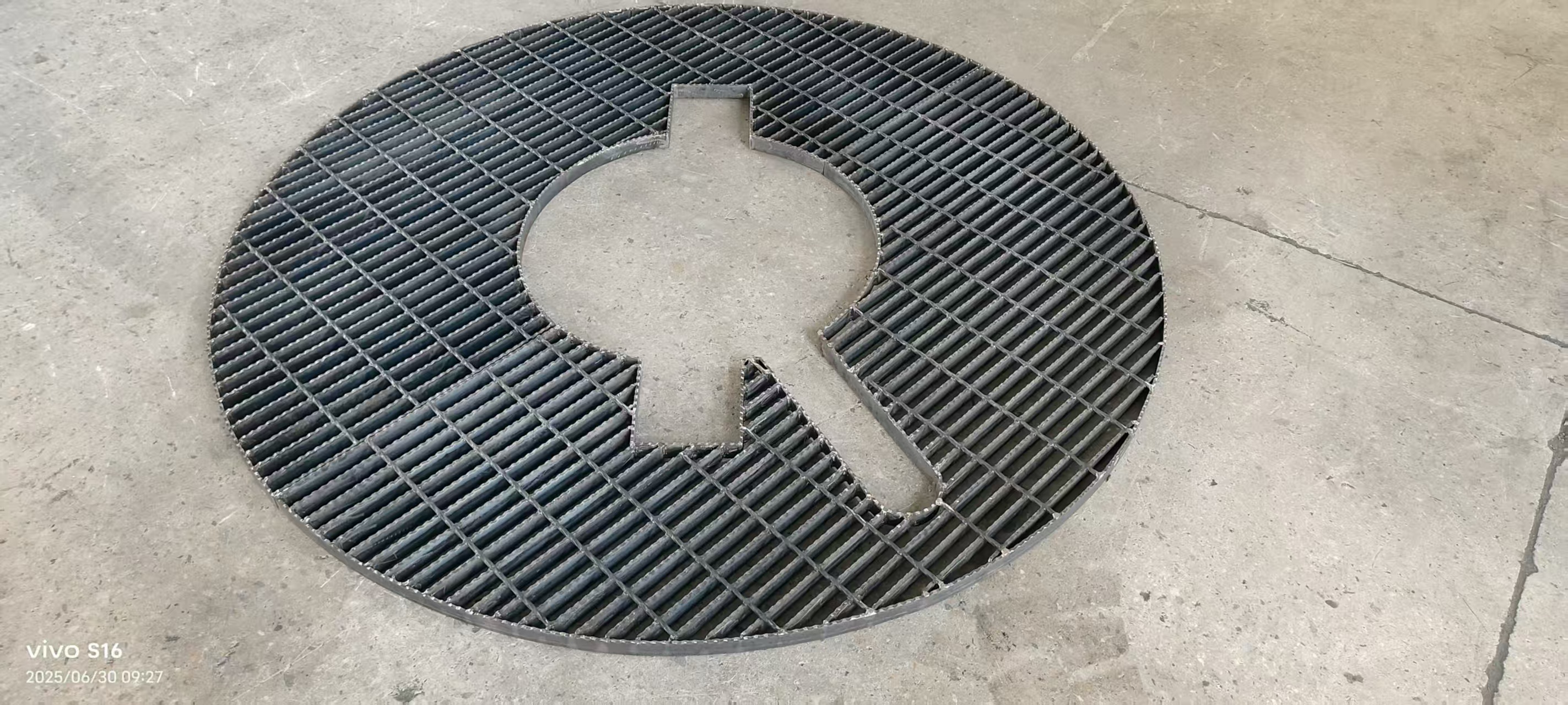In modern industrial environments, durability, load-bearing capacity, and safety are critical for structural components. Profiled steel grids have emerged as a reliable solution, widely used in factories, warehouses, platforms, and walkways, providing robust support while ensuring worker safety and operational efficiency.
Key Advantages of Profiled Steel Grids
Superior Load-Bearing Capacity
-
Designed to withstand heavy loads in industrial settings
-
Ideal for high-traffic areas and machinery platforms
-
Reduces risk of deformation and structural failure
Safety and Slip Resistance
-
Surface profiling offers excellent anti-slip performance
-
Minimizes workplace accidents in wet or oily conditions
-
Suitable for both indoor and outdoor industrial environments
Versatile Applications
-
Factory floors, mezzanines, catwalks, and walkways
-
Oil & gas, chemical plants, power stations, and shipyards
-
Compatible with both heavy-duty welded and locked grid types
Easy Maintenance and Longevity
-
Hot-dip galvanized or coated options resist corrosion
-
Low-maintenance and long-lasting performance
-
Easy to install and replace, reducing downtime
Conclusion
Profiled steel grids combine strength, safety, and versatility, making them indispensable for modern industrial infrastructure. Investing in high-quality profiled steel grids enhances workplace safety, supports heavy machinery, and ensures reliable long-term performance.
FAQ
Q1: What is a profiled steel grid?
A: It is a steel panel with a patterned surface for load-bearing and slip resistance, widely used in industrial platforms and walkways.
Q2: How is it different from a flat steel grid?
A: Profiled steel grids have a textured or raised pattern for better traction and higher load capacity, whereas flat grids are smoother and may be less slip-resistant.
Q3: What industries commonly use profiled steel grids?
A: Oil & gas, chemical plants, shipbuilding, heavy machinery, and power generation industries are typical users.
Q4: How should profiled steel grids be maintained?
A: Regular inspection, cleaning, and using corrosion-resistant coatings can prolong their service life.
Post time: Sep-30-2025

